 The real life Costa Rica website
The real life Costa Rica website
 The real life Costa Rica website The real life Costa Rica website
|
Most tourists that come to Costa Rica visit the inner parts of Cartago and Arenal. These are not only nice tourst sports with lots of nature, but also the home of some of Costa Rica's largest power plants. Hydroelectric complexes are probably Costa Rica's most massive and complex infrastructure, and as you're driving along you'll probably encounter some of them.
How hydro energy works:
The principle of hydroelectric energy is simple: you let water fall freely and acquire momentum from gravity. Then you make that water smack into a paddle and turn it. The paddle can then turn a generator that gives you electric energy.
Hydroelectric dams are the expression of this principle to the Nth power. A river is dammed to create a huge supply of water and to give that water enough depth to generate extremely high pressures. That supply is then tapped through a high pressure, high volume pipeline which sends the water to a generating plant that's several Km. away and a couple hundred meters lower than the dam. That creates a contained "freefall" through which the water acquires speed and energy.
Cleaning out the water supply:
Unfortunately, a hydro dam isn't that simple when it comes to operation. Rivers aren't crystal clear (especially in Costa Rica where they receive everything from erosion to raw sewage) and transport large amounts of fine sand and granular material. Eventually the river reaches the dam, where it stops. When the water stops moving, the sediment falls to the bottom of the reservoir and starts to collect. Eventually the volume of sediment is so high that it starts falling into the pipeline, where it can damage generating equipment. For this reason, every so often you have to get the sediment out of the reservoir. The easiest way to do it is simply to open a pipeline at the bottom of the dam and let the water rush out, taking the sediment with it, kind of like flushing out a storm drain.
This is done more or less every two years at Cachi, and it's where you can really get an idea of just how much force the dam is capable of putting out.
The following pictures should give you an idea of what the process is like. The cleaning was done at night, so most of them had to be enhanced and processed to better the clarity. When what you're looking at isn't clear, I've included some drawn-over photos to help you along.
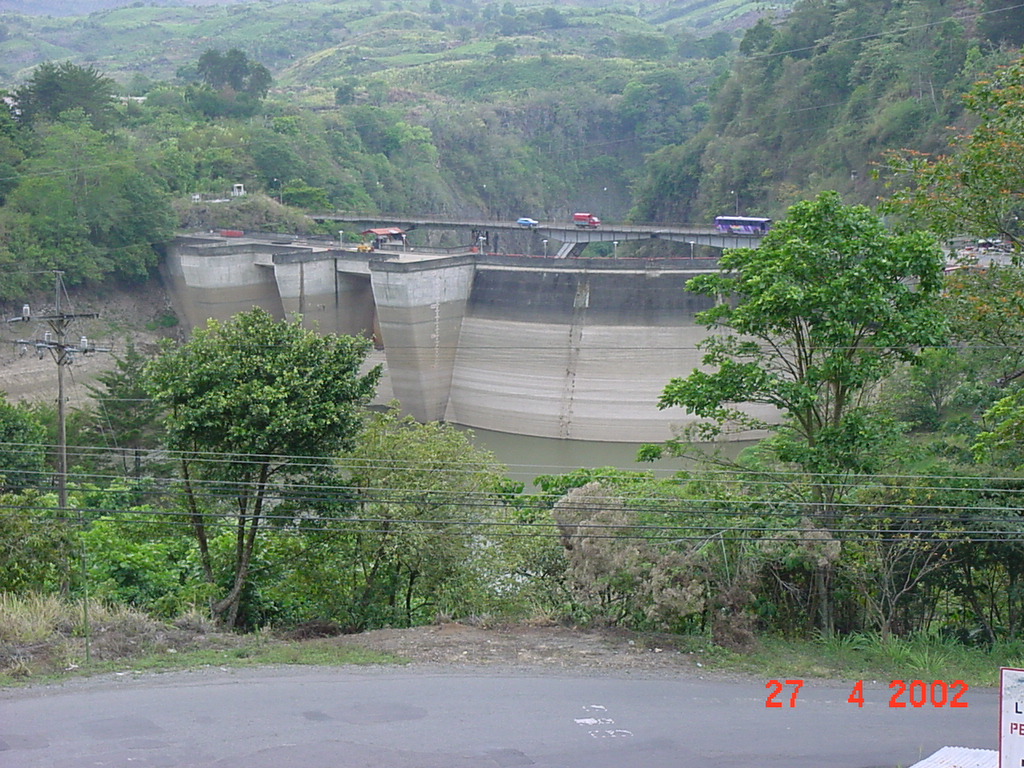
The hydroelectric dam viewed from a distance, at a point where the water is relatively low. The unusual curved shape at the right side is an arch, which supports the dam by resting it on the margins of the canyon.

The dam viewed from the front. The most evident detail are the two large outflow doors, which are used to let water out when the reservoir reaches dangerously high levels. These, however, aren't used during cleaning, instead a cleaning hatch near the bottom of the dam is opened.
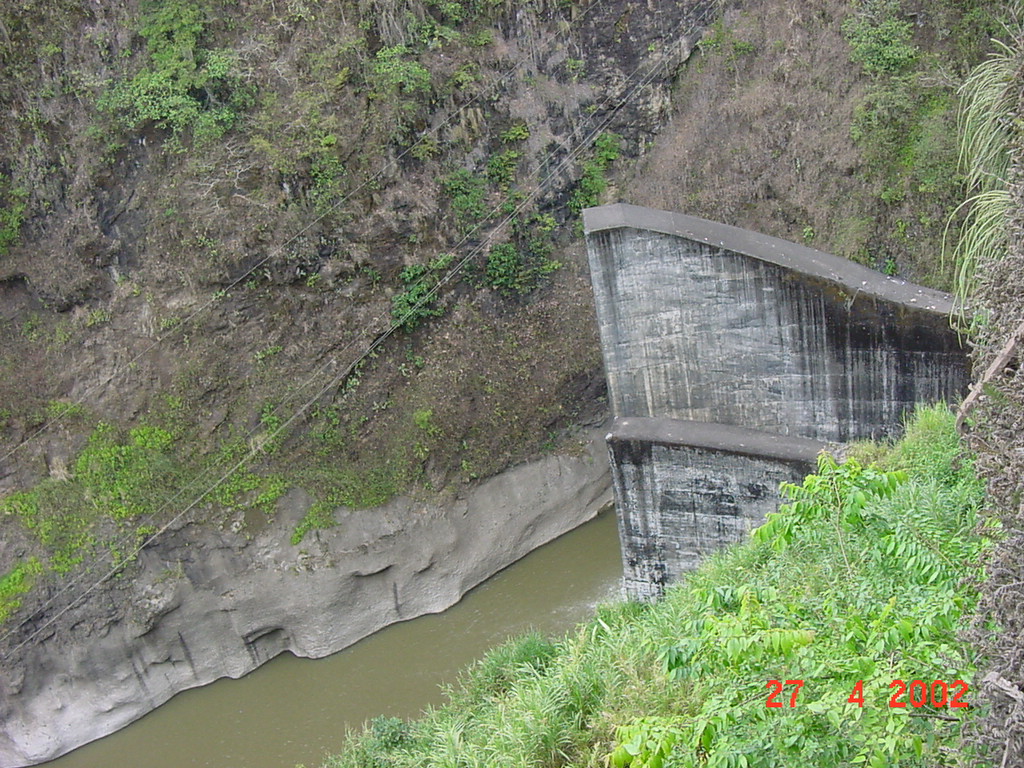
The outgoing river and canyon. The large walls on the right are an energy dissipator: when the water goes through the outflow doors it's channeled so the two streams hit each other, which keeps the speed down and helps prevent erosion and damage to the riverbed. Take a good look at the water: downstream the water is normally that calm and low, since the dam keeps storms from swelling the river up. Also note the greenish color, typical of most rivers.
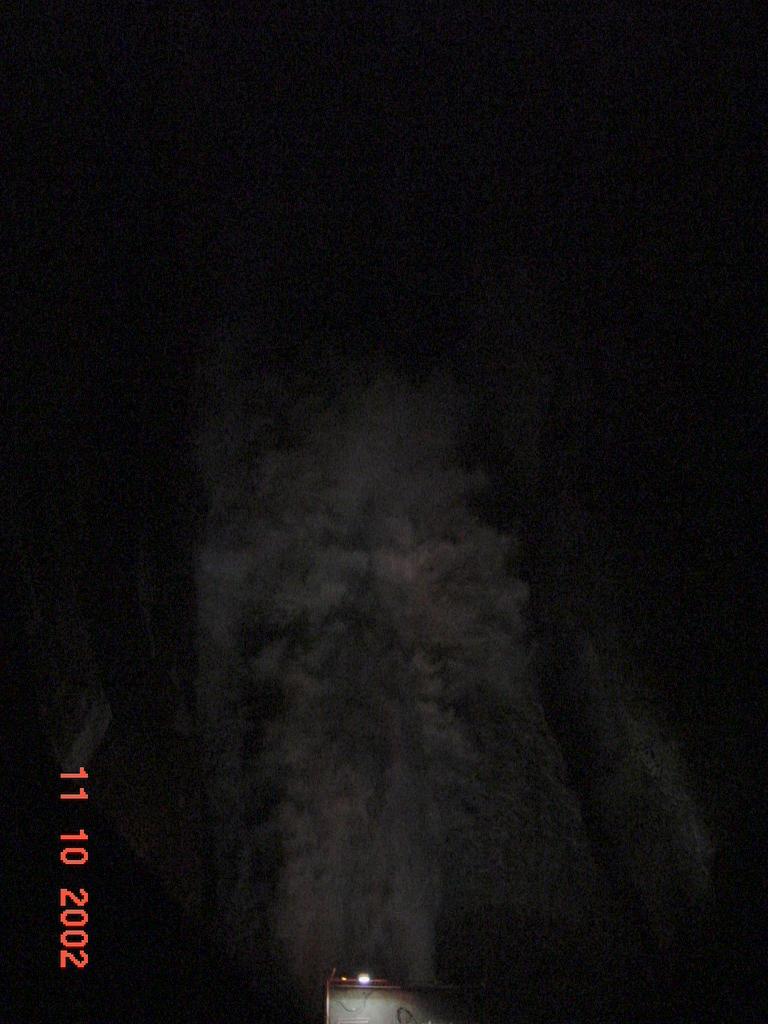
| 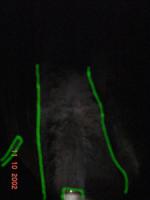
|
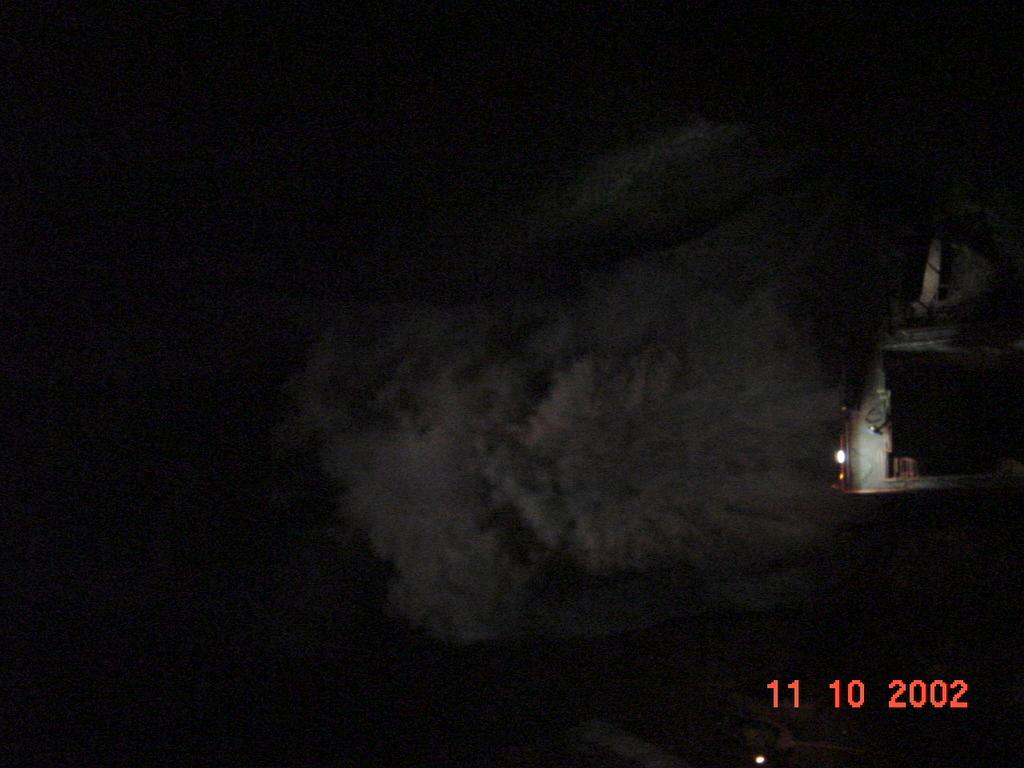
|
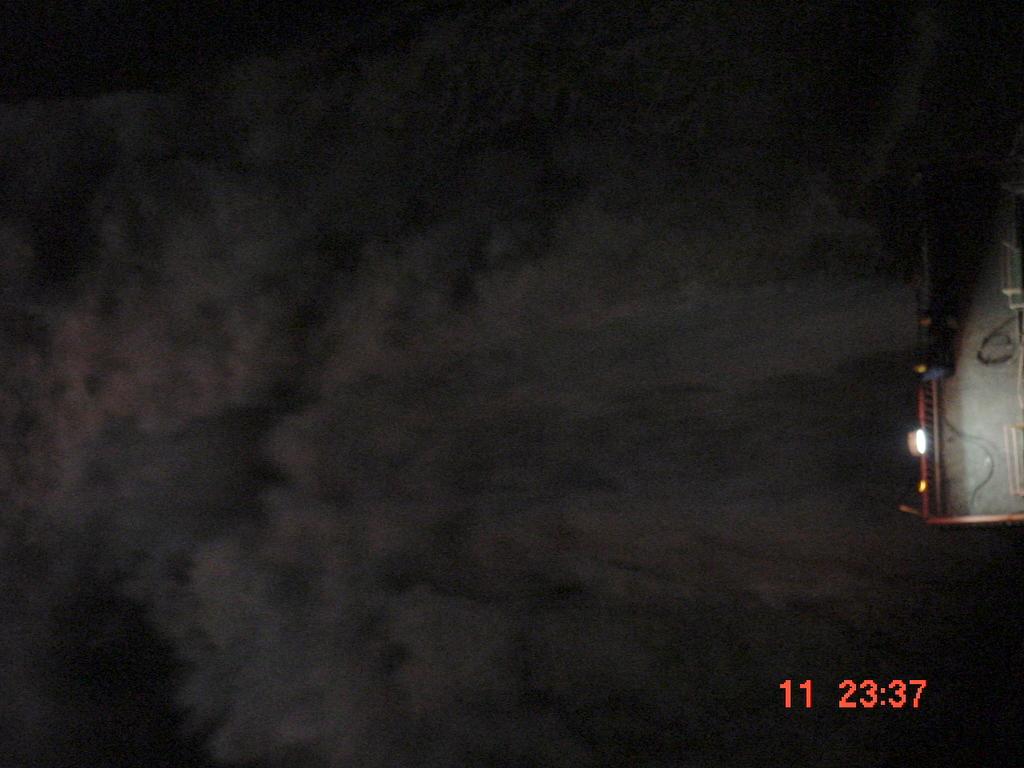
|
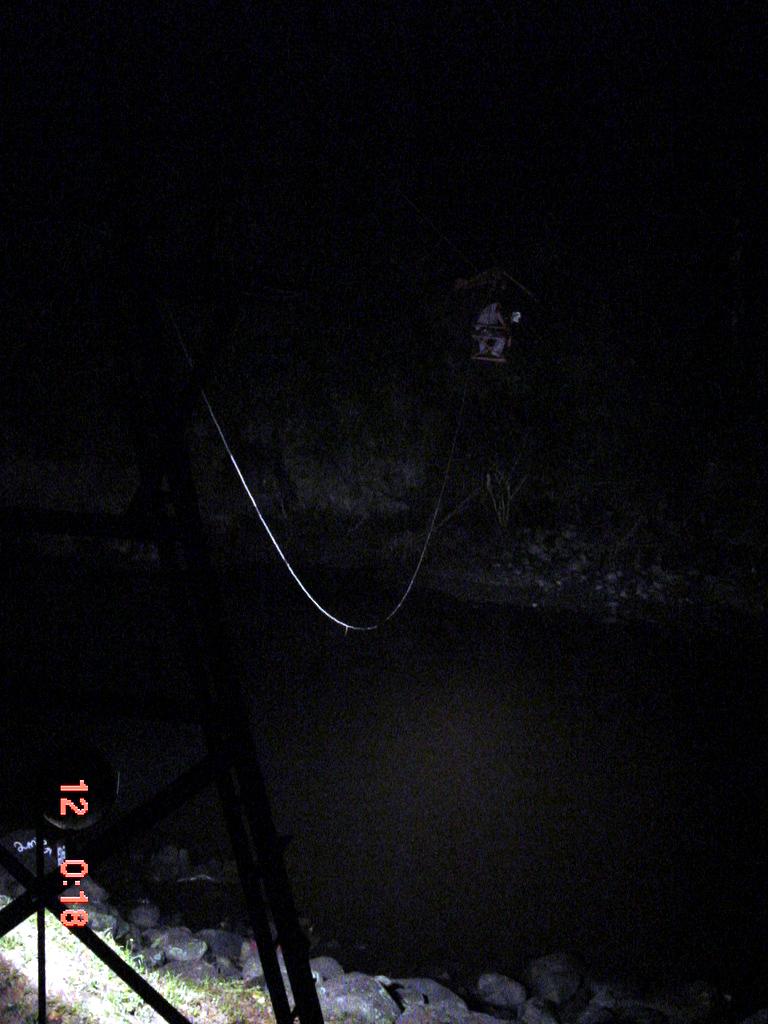
|
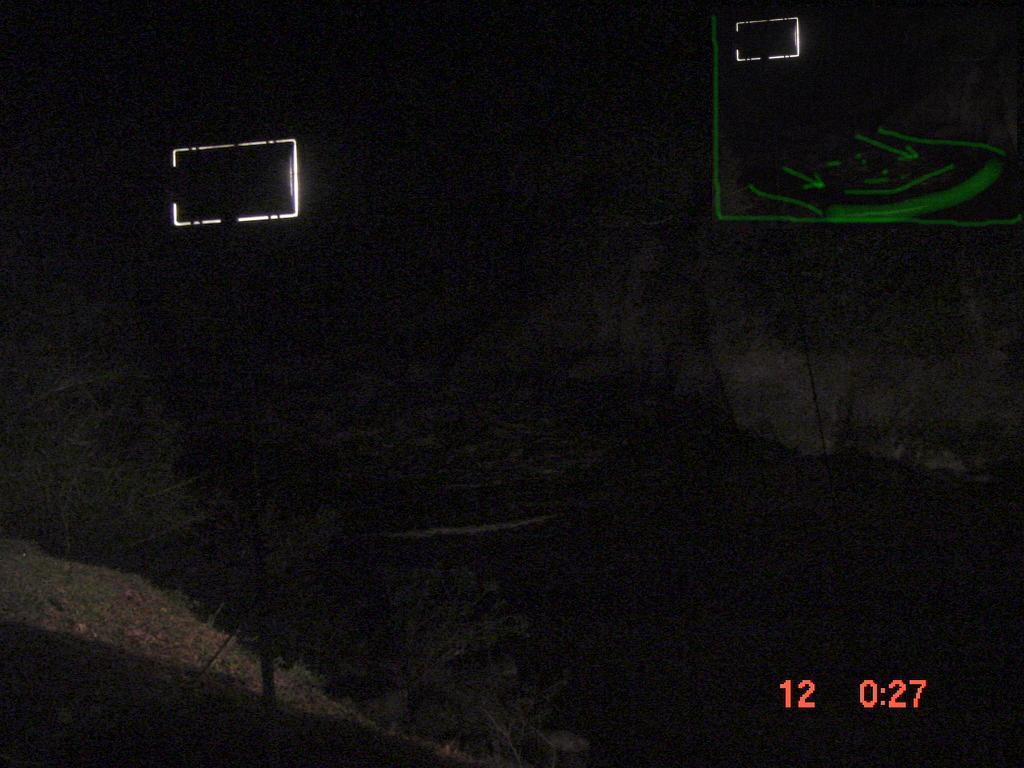
|
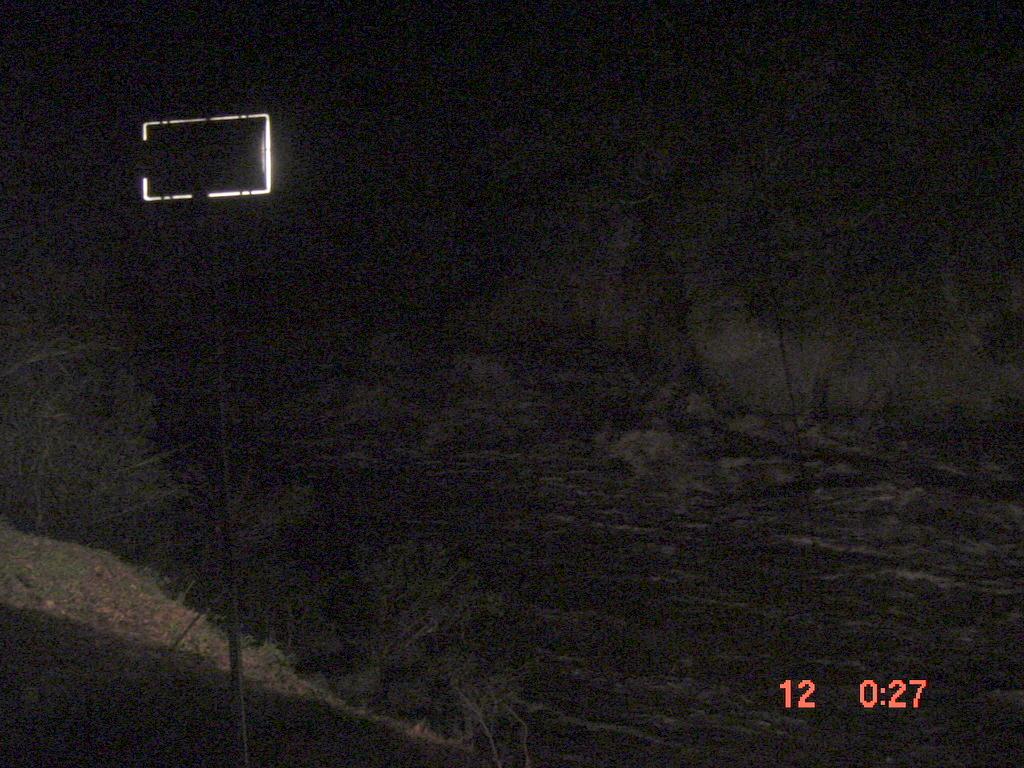
|

|
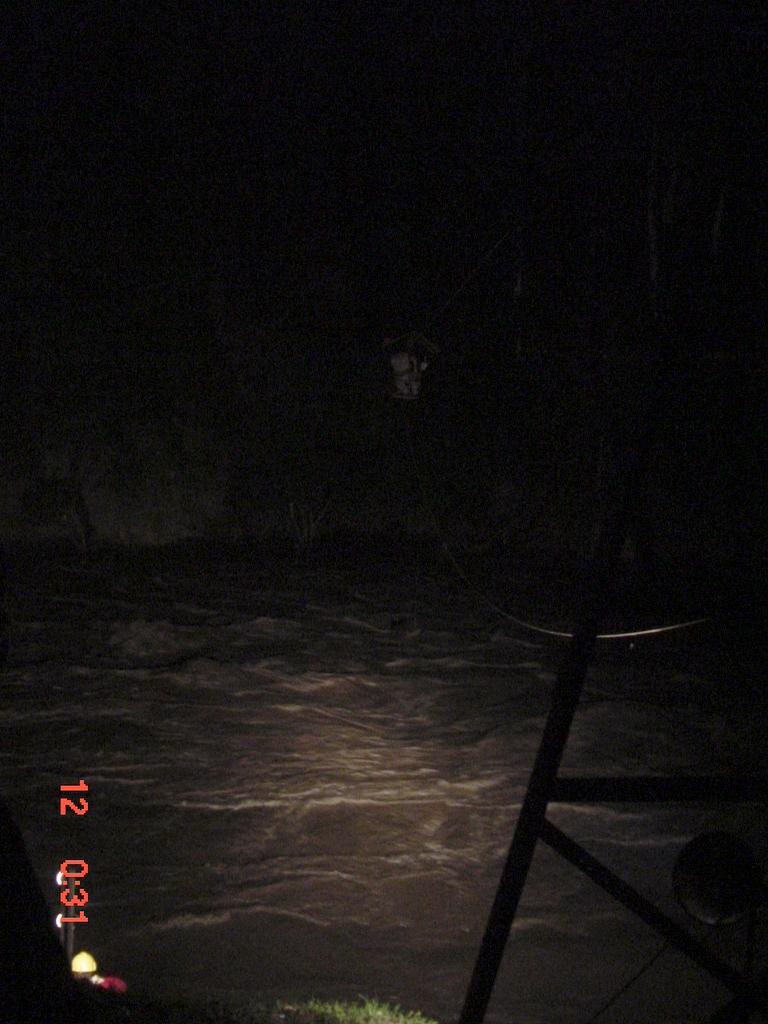
|
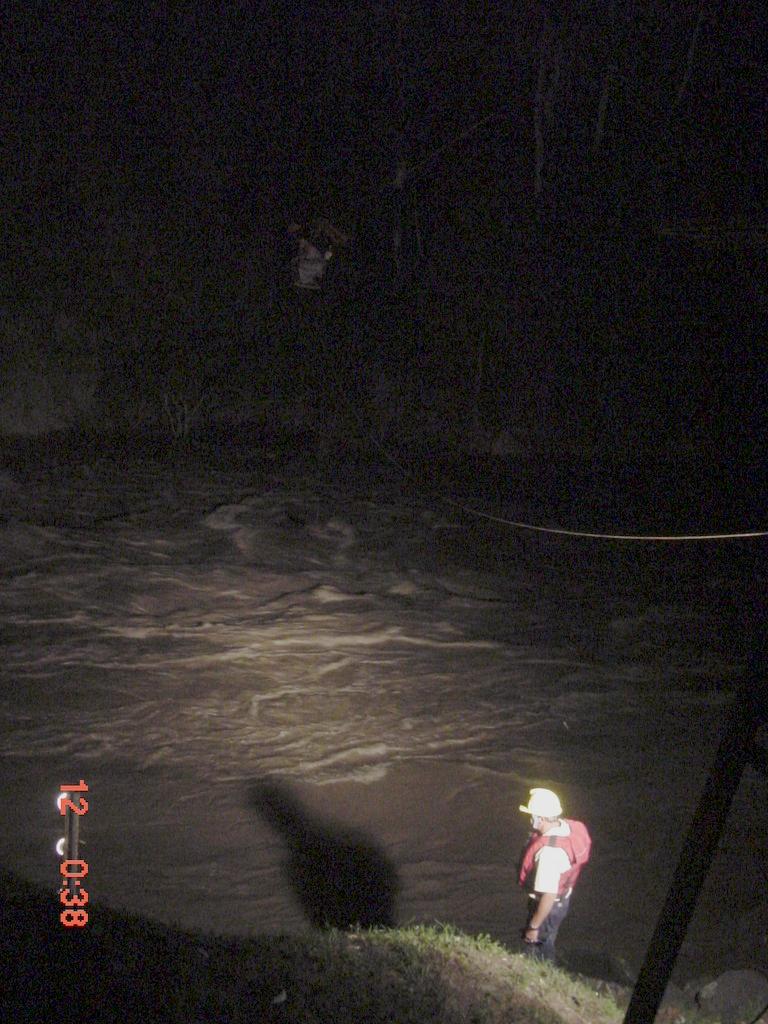
|
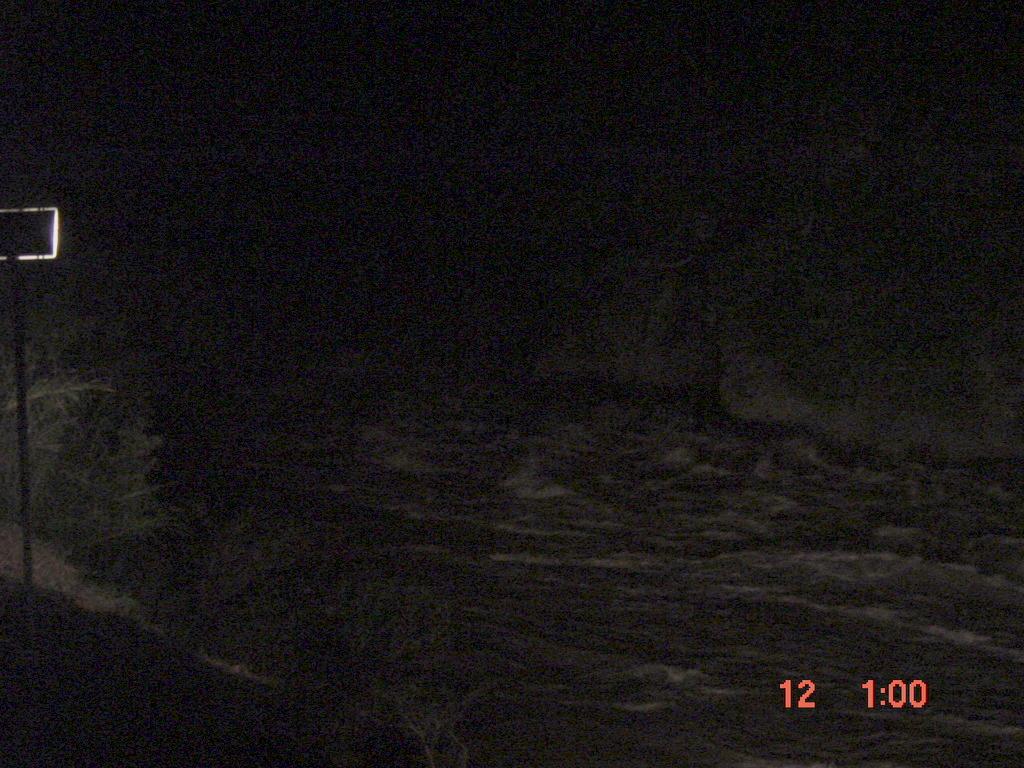
|
 | Email Steve |